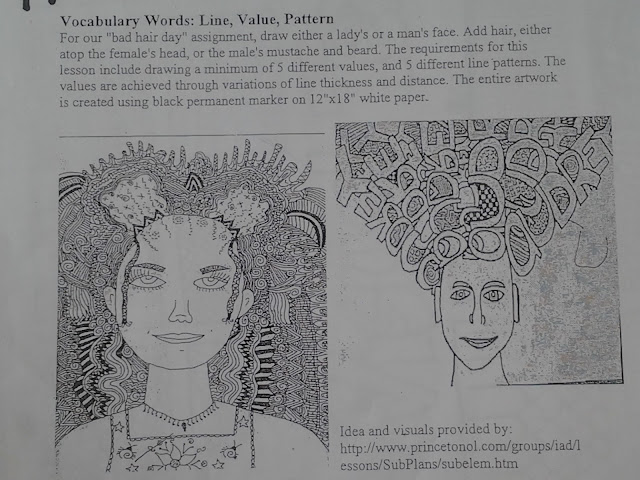Today, we often glorify expensive and complex artifacts of science and technology, physical things like computers and new facilities, while celebrating abstract computational ability, mental velocity, and social status. Given the way educational leaders seem to congratulate themselves every time they bring the gift of new technology to the unenlightened, the power of simple and inexpensive tools for creative expression like paper and pen seems under-appreciated. Less glamorous things such as imagination, reflection, and social justice seem to have lost their luster. Meanwhile, vast sums of money and large blocks of instructional time have quietly eroded from the "non-essential parts of the curriculum, such as the arts. Despite all of the money and technology flowing into science and technology these days, and away from the arts, why then, is there such a shortage of homegrown engineering talent? Perhaps, whether due to secondary gain, mental laziness, or simply a herd mentality, policy makers have been overlooking simple, but critical questions? What is the purpose for all this technology? How will people use it? Who will ultimately benefit?
Occasionally, the opportunity to teach something creative like writing or drawing, or do a dramatic read-aloud, presents itself. When the spirit takes over and I am able to somehow awaken artistic potential of an entire classroom before their minds have been permanently corrupted by a culture of superficiality, I forget for a while how corrupt the business of education seems to have become, forget about financial pressures, and teaching becomes fun again. Recently, I had one of those days.
I had done the "Bad Hair Day" / "Expressive Line Drawing" Lesson with some or all of these 1st and 3rd grade classes a few months ago, but like a favorite book, students did not mind revisiting this classic.
Here is what some of the 1st graders produced:
Here is what some of the 3rd graders produced:
Throughout the lessons, intermittently, I took opportunities to pause and celebrate the awakening of artists, as they explored different line types, and created value with contrasting line qualities. I celebrated their discovery in a fun way. I would find a student exploring a new type of line, hold up his or her paper for the class to see, ask the student to arise, holding up his pen, and ask her to repeat after me, "I am an artist." Soon, I would find another student exploring a different kind of line, and ask other students in the room to stand up and point their pens at the student and say, "you are an artist."
Since the students were all so engaged, it was difficult to get the students to stop and reflect, but I explained to them that art is about both the heart and the mind. and pointed to the reflection guidelines their teacher had posted on the board. In closing, I read to them The Dot, by Peter H. Reynolds, which is about a little girl who has a blank page at the end of art class, who sadly tells her teacher that she just can't draw. The teacher persuades the child to start with a line or dot, and invites her to "see where it takes you." Then, the teacher asks the child to sign it, then frames it in a golden frame. I pointed to an exemplar on a bulletin board, in which the artist Roy Lichtenstein had used a variety of lines, as well as value, just like they had done, and explained to the children that he had signed it because he was an artist. "Why do you think the teacher asked the little girl to sign it," I asked.
"She is an artist," they all replied.
After I finished the story, I had them stand and repeat after me, "I am an artist." I concluded, "Turn to a partner and them them, 'you are an artist.'"
One of the major themes in The Divine Comedy is the limits of reason. Dante is led, spiraling leftward and downward down through the 33 levels of The Inferno, and emerges from the bowels of Hell spiraling upward, rotating rightward through the 33 levels of The Purgatorio guided by Vergil, an embodiment of the virtue of reason. However, when Dante reaches the gates of Paradise, Vergil is unable to ascend with Dante into Heaven, since reason has its limitations, and a new guide, Beatrice, who represents Caritas, the virtue of divine love, takes over to guide Dante as he ascends into Paradise.
One of Dr. V.S. Ramachandran's primary themes in The Tell-Tale Brain is the neurobiological differences of the human brain which make homo sapiens unique in the universe, and significantly different than all other apes, despite a common origin, despite a preponderance of virtually identical brain structures. Dr. Ramachandran wryly observes, "any ape can reach for a banana, but only humans can reach for the stars."






No comments:
Post a Comment
My goal is to engage in civil conversation.